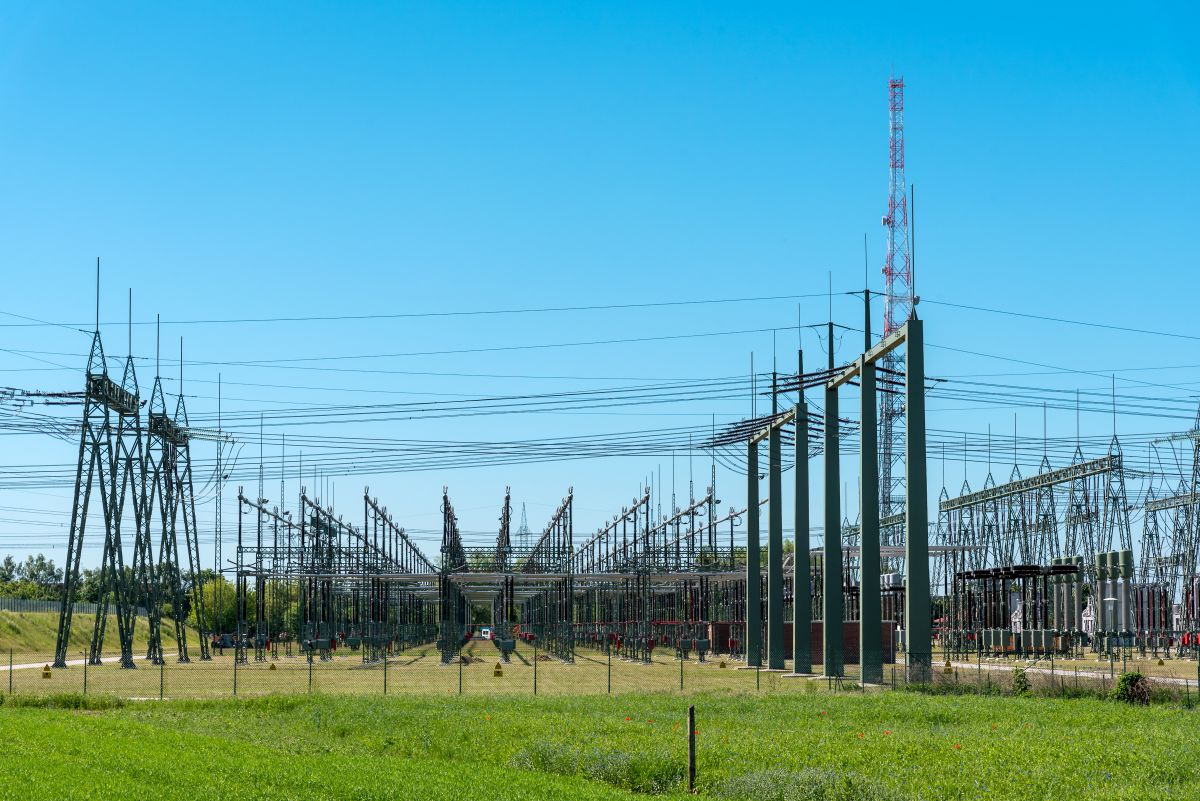In the ever-evolving landscape of cybersecurity, the Critical Infrastructure Protection (CIP) standards set by the North American Electric Reliability Corporation (NERC) play a pivotal role in safeguarding the Bulk Electric System (BES). Among these, the NERC CIP low-impact requirements focus on assets that, while not as critical as high- or medium-impact systems, are still essential for maintaining the overall reliability and security of the grid. Certrec, a leader in regulatory compliance and digital integration solutions, offers a robust service tailored to assist entities in navigating the complexities of low impact CIP compliance.
Understanding the Importance of Low-Impact CIP Compliance
The NERC CIP-002 standard categorizes BES cyber systems into high, medium, and low-impact categories based on the potential consequences of their compromise. While high- and medium-impact systems receive significant attention due to their critical nature, low-impact systems are no less important. Fines for violations can still be significant, especially when self-reported issues are not addressed. Low-impact systems, which include smaller generation plants, transmission substations, and control centers, are integral to the broader grid’s reliability.
Comprehensive Asset Identification and Inventory Management
A cornerstone of effective compliance with NERC CIP standards is a thorough understanding of the assets involved. Meticulous asset identification and inventory management are crucial for initial compliance and ongoing maintenance. The process begins with a comprehensive review of all BES cyber systems to ensure no asset is overlooked. Engaging with experts for grid compliance can provide invaluable insights, turning the daunting task of asset management into a streamlined and strategic endeavor. This is particularly critical for low-impact assets, which cybersecurity strategies may not always prioritize.
The inventory management process involves cataloging all cyber assets associated with low-impact facilities, including control systems, communication networks, and other digital infrastructure. Regular updates reflect system changes and ensure that inventory is accurate at the outset while also considering new additions, retirements, or configuration modifications. This continuous process is vital for maintaining compliance and adapting to evolving cyber threats.
Development and Implementation of Customized Security Plans
Developing a tailored cybersecurity plan is critical in achieving CIP compliance, particularly for low-impact systems with unique requirements and constraints. Crafting a comprehensive security plan for CIP solutions is crucial to address the risks and challenges associated with low-impact BES cyber systems. These plans are not generic templates but are customized to reflect the operational realities and risk profiles of the entities they serve.
The security plans cover many essential components, including physical and electronic access controls, incident response protocols, and training programs. Cybersecurity plans must comply with CIP-003-8 requirements but should also be practical and implementable within the organization’s existing framework. The plans also outline procedures for managing transient devices and conducting regular security assessments, ensuring that all aspects of the low-impact systems are addressed. This holistic approach ensures that the entity is compliant on paper and prepared to respond effectively to any security incidents.
Staff Training, Documentation, and Continuous Improvement
Compliance with low-impact NERC CIP standards is an ongoing process that requires regular monitoring, training, and updates. Personnel accessing low-impact cyber assets require training on physical and electronic access controls, incident response processes, password policies, and proper use of transient devices. Role-specific training for staff with direct cybersecurity responsibilities is also beneficial. Staff training programs should cover the latest cybersecurity threats, best practices for system management, and the specifics of NERC CIP requirements.
Maintaining current evidence of compliance activities, asset inventories, and configuration details ensures organizations can prove due diligence during audits. By keeping staff informed and engaged, plants can build a cybersecurity awareness and responsibility culture, which is crucial for maintaining compliance and mitigating risk.
Certrec’s Solutions for Low-Impact CIP
At Certrec, we understand the challenges of building and sustaining a low-impact CIP compliance program. Our team of industry experts has assisted various entities in developing, implementing, and maintaining NERC CIP protections for their medium-and low-impact BES cyber systems. We can provide the following services to facilitate low-impact compliance:
- Asset Identification
- Compliance Consulting
- Security Plan Development
- Vulnerability Assessments
- Staff Training
- Compliance Tools
- Audit Support
With deep CIP expertise and practical experience, Certrec is an ideal partner for navigating all aspects of low-impact compliance. Our goal is to use CIP solutions to make compliance as easy as possible so you can focus on your core mission.

Conclusion
Navigating the complexities of low-impact CIP compliance requires more than just understanding the regulations; it demands a comprehensive, proactive approach to cybersecurity. Certrec offers a full suite of services that address every aspect of compliance, from initial asset identification and inventory management to the development of customized security plans and continuous monitoring and improvement. Our expertise and dedication to client success make us an invaluable partner for any organization seeking to secure its BES cyber systems and maintain regulatory compliance.
Disclaimer: Any opinions expressed in this blog do not necessarily reflect the opinions of Certrec. This content is meant for informational purposes only.












